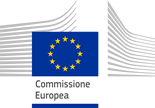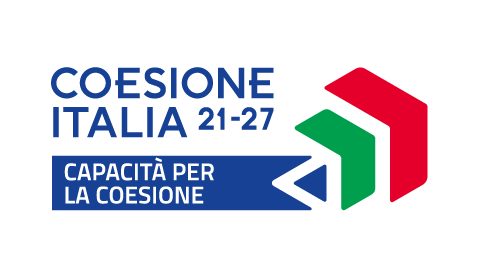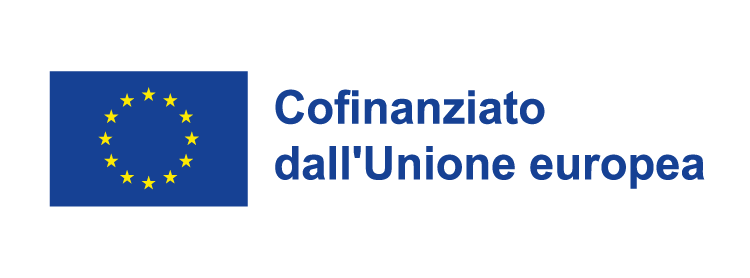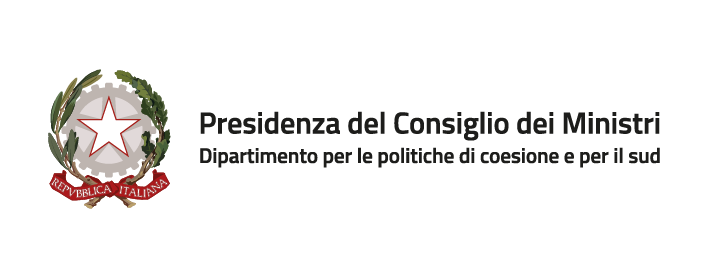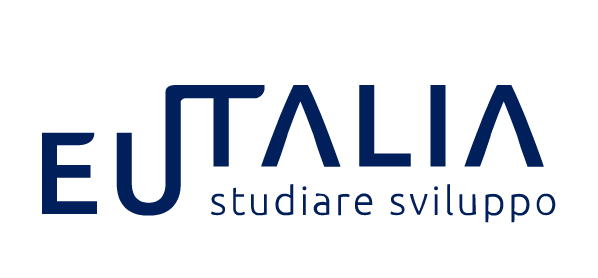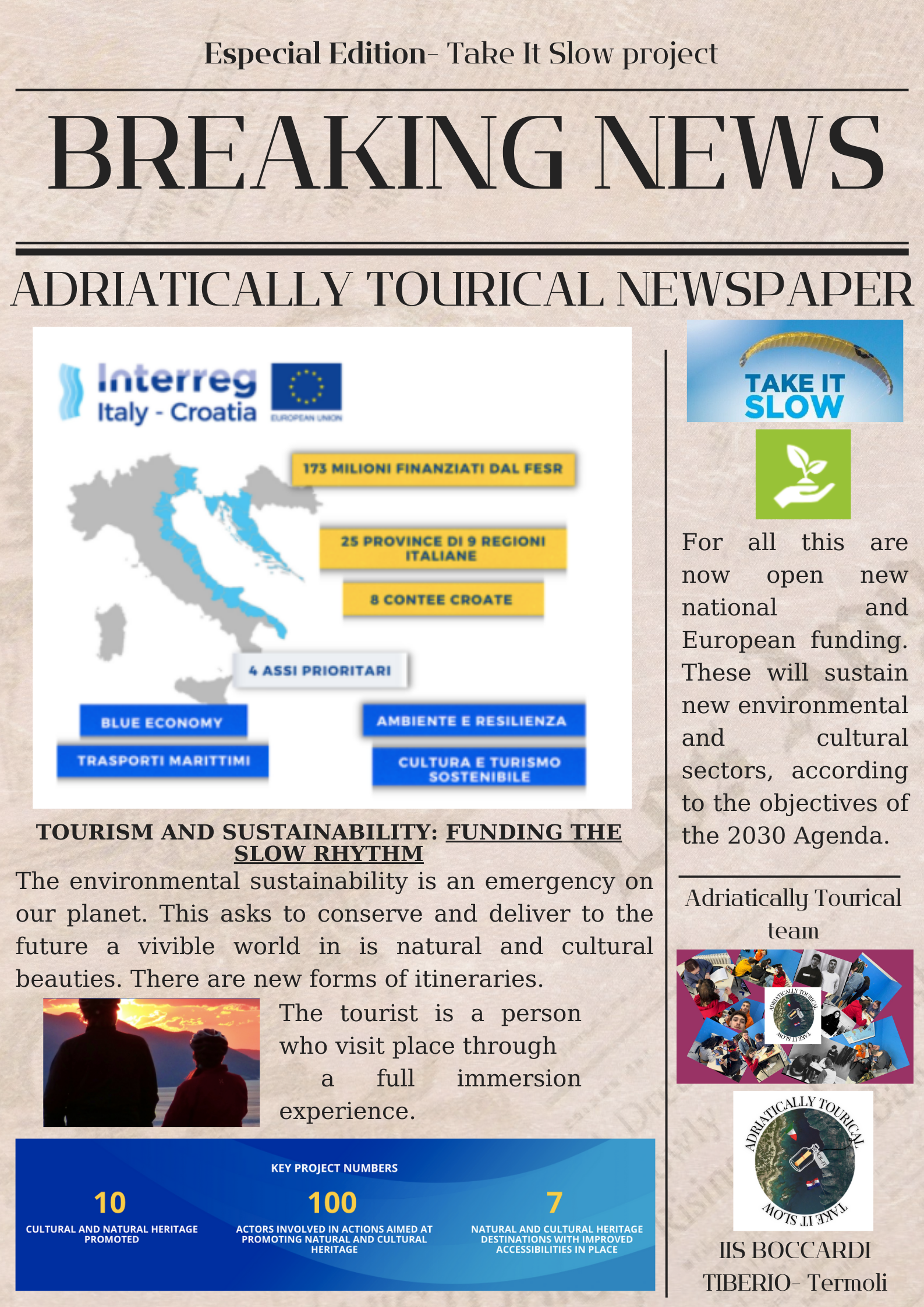
Take it slow is the project that combines perfectly environmental sustainability of the coastal Adriatic regions, but also rural and inland areas with an innovative form of slow and responsible tourism. Its overall objective is to promote the entire Adriatic region as a green, intelligent, sustainable, accessible and slow cross-border tourist destination, through an innovative model of an integrated management between the natural cultural and local heritage.
The interreg project Take it slow - " Smart and Slow Tourism Supporting Adriatic Heritage for Tomorrow" is part of the programme of Cooperation Cross-border Interreg V-A Italy-Croatia 2014-2020.
Axe 3 "Environment and Cultural Heritage" (CUP H79E2000520003). The nature of the investment is the purchase of goods and services.
The programme is divided into 4 axes and contributes to the realization of the strategy Adriatic-Ionian.
Started on the 01/06/2020, its term was scheduled for 31/12/2022, but was extended to 30/06/2023.
Dubrovnik Neretva Region (Croatia) is the lead partner of the project and it is also its beneficiary.
Partners of Croatian projects are RERA SD Public Agency for Cooperation and Development of the Split-Dalmatian region; Public Agency for the Cooperation and Development of Sebenic-Tenin Regulation; University of Zadar; Istria Region.
Italian project partners are Promo Turismo FVG; Veneto region (subject Programmer); SVIM Srl Regional Development Agency Marche; Molise region; Emilia Romagna region (partners assimilato), Abruzzo region (partner associato) and regional consortium from Puglia art and culture.
With regard to Italy, it is linked to the project, without a solution of continuity, the entire Adriatic coastal strip from Friuli Venezia Giulia to Puglia. Each partner has identified an area of their territory to be addressed: Friuli Venezia Giulia, 70 municipalities through the enhancement of the itineraries "FVG in movimento - 10,000 health steps"; Veneto, the area of the provinces of Padua, Rovigo and Venice; Emilia Romagna, the area of Valmarecchia, from the village of Sant'Arcangelo di Romagna to that of Pennabilli ; SVIM Srl Marche, the area of Fonte Avellana, in particular the Monastery of the Camaldolesi Monks; Abruzzo, the Trabocchi Coast; Molise, the route of the seven churches in the common areas of Croatian origin; Puglia, the area of Fasano with ‘microdestination’ to the via Francigena.
The project is financed by 3.764.695,7€ : the cohesion resources are 3.445.873,61€ as 3.199.991€ (85%) at the expense of the European Union and the other 255.882,00€ (15%) paid by the national revolving fund. The last part of the financing, 308.882,00 comes from other public sources. All the payments supervised on the 31/10/2022 were 645.334,03€, of which 592.891,06€ of cohesion resources, corresponding to 17% of the total amount of the payment that we need to monitor.
Each region, according to the role in the project, obtains a financing in which the cohesion resources are divided like this: the 85% paid by the European Union and the 15% paid by the National co-financing. (Look the static graphic)
Take it slow is enumerated between the projects that incentivize the Culture and sustainable tourism sector whose thematic area of global reference receives the 15% of the Interreg Italy-Croatia financing, with the destination of the investment to the purchase of goods and services. These sources of funding are in addition to those made available to other European programmes for tourism and culture and the funding provided, in the same field, from the various regional OPs of the partner regions (ERDF funds in particular).
But what value do these figures have in the context of Interreg funding?
The projects financed by the ERDF Funds in Italy in the 2014-2020 programming period amount to € 236.6 million in the following areas:
Environment 43%; Culture and Tourism 15%; Companies' competitiveness 6%; Transports and Mobility 21%; Research and Innovation 8%, management thereof 0%; Education and training 0%; Energy 0%; embedding and healthcare 0%; digital networks and services 0%; Work and occupation 0%.
98% of the funds are investments in the purchase of goods and services.
And how incisive are they in the general context of cohesion policy funds and in the various ways they are attributed to the Regions?
Of the globally received funding, in all the regions referred to, a not always significant percentage is destined for the culture and tourism sector. (Look the dynamic infographic)
What place does our project with a highly coveted program occupy, with relatively limited funding compared to other projects? Is there a lack of an overall vision and coordination of resources in the individual Regions in "sprinkled" funding?
Why, after several cycles of European planning, has the development of tourism not achieved remarkable results given the funds allocated for decades? Does the difficulty of spending recorded by Italy and worsened by Covid-19 pandemic affect all of this?











